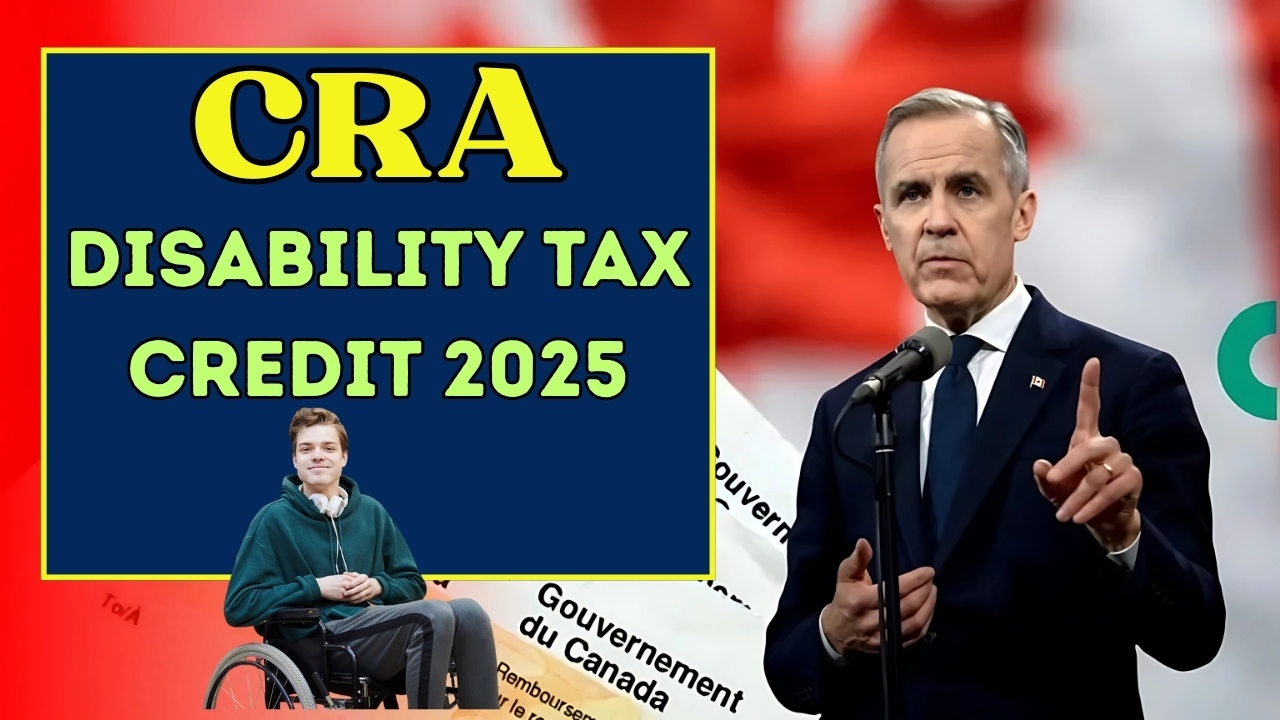Increased Relief Payment For Individuals And Families!
The federal CRA office has confirmed the federal disability amount will increase therefore also indexing the payment for inflation. In 2025 the non-refundable credit for adults increases to over 9,400 and for parents and caregiversto children underthe age of 5,500.
The figures stated amount to real tax savings of 2,400foradultsand4,000 for children, depending on individual or family tax situations. Various disability advocates state that the increase will drastically improve and drastically adjust the lives of those with such disabilities, and these increases are expected to be the most significant year over year boosts beyond rhe economic recoveries to the system ever.
Expanded Criteria for Eligibility!
The new criteria of eligibility are stated to be much more important and impactful for many.
While the DTC has always required the physician’s certification confirming a “severe and prolonged impairment,” it has been adapted to better identify neurodevelopmental disorders, episodic illnesses, and some mental health complications.
This change means that Canadians with ADHD, autism spectrum disorder, or severe anxiety disorder may find it easier to qualify if their functioning is significantly impaired. These wider definitions are in line with the ongoing federal attempts at making the tax system more inclusive and accurately reflective of the real-life experience of disability.
Streamlined Application Procedure
The CRA has also introduced a new Form T2201, which allows completion of some sections by medical practitioners to be done electronically. These updates should alleviate some of the processing delays that have historically frustrated applicants. Furthermore, a pilot system that allows pre-approval has been introduced where applicants can get provisional approval before their taxes are officially submitted.
What Canadians Need to Know Moving Forward
As a financial consultant, I recommend that anyone with a disability—recently diagnosed or otherwise—look into the DTC this tax year. The credit not only reduces tax liability but often also increases access to other benefits, including the Registered Disability Savings Plan (RDSP).
While the updated rules create a more welcoming environment for potential applicants, experts still stress that comprehensive documentation and medical certification are essential.
Families are urged to collaborate with their healthcare providers to guarantee that all steps are completed correctly.
A Move to Broader Inclusion!
While many disability rights proponents are welcoming the 2025 changes as progress, they still cite the lack of a self-registration system as a major flaw that risks leaving out qualified Canadians. Regardless of this, the changes are viewed as progress in dealing with the lack of fairness in the system.
With the coming of the tax deadline, the revamped Disability Tax Credit is poised to help many Canadians struggling with the dual burden of financial stress and disability.








